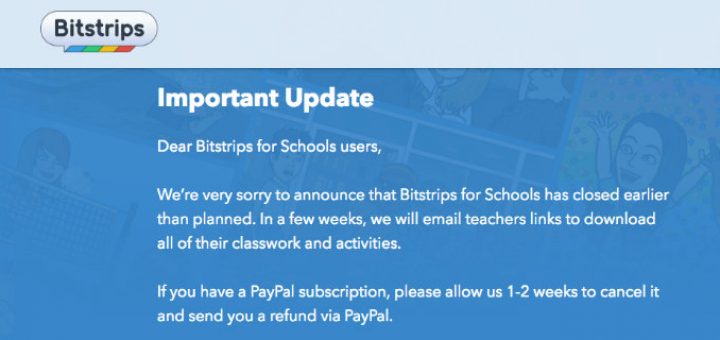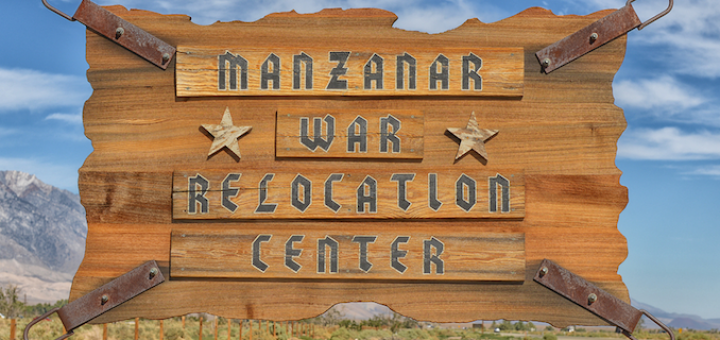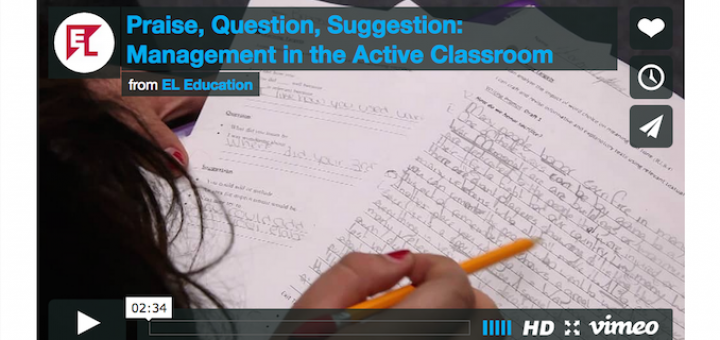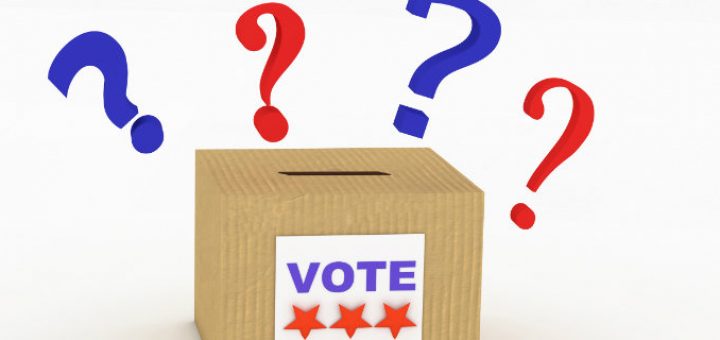Teaching and learning in grades 4-8
Ultimately, teachers have the final say in the classroom. But when they share some ownership with students, they create a true community of learners and reap benefits for themselves. Expert Barbara Blackburn shares three ideas about building student ownership.
The comic creation app Bitstrips for Schools is no more. How will Kevin Hodgson’s new sixth graders create the “Dream Scenes” that help him discover more about their hopes and aspirations? After a brief lament, he rallies. Perhaps Google Slides can fill the void.
How do we overcome the perception that history is boring? Connecting the past directly to students’ life experiences is a flawed strategy, history educator Lauren Brown believes. Teachers should focus less on “relevant” and more on “meaningful” and “interesting.”
“Instructional Planning for Effective Teaching” could be helpful to new teachers who might benefit from its research about the planning methods of “effective” teachers, writes reviewer Robbi Ndebi. But more examples of strong vs. weak instructional design would be helpful.
Steve Gruenert and Todd Whitaker do a phenomenal job of taking the reader on a guided journey to define, assess, and learn to transform a school culture, says principal Doug Dunn. School Culture Rewired includes surveys, culture-building strategies and much more.
The Genius Hour Guidebook by Denise Krebs & Gallit Zvi provides a practical guide for teachers who want to encourage students to pursue their passionate interests and expand their 21st century skill set. Reviewer Laura Von Staden also recommends the companion website.
Our world has transformed students into digital learners, “Reinventing Learning for the Always-On Generation” suggests we find balance between traditional teaching methods and the techniques today’s students find most engaging. Joyce Depenbusch recommends it for group PD.
Middle school is SO spontaneous. How can teachers ensure opportunities to help students think critically, collaborate, and engage in the scholarly discourse we put in the lesson plan? Libby Woodfin shares 3 “ABCs of deeper instruction” that can help. Videos too!
This year, with an historic Presidential election in the making, civics studies take on a bit more relevance for Mary Tarashuk’s 4th graders. As she worked on her lesson plans this summer, she uncovered fresh resources to help her met five key teaching goals.
For Cheryl Mizerny, detecting plagiarism and determining consequences require more energy than proactively planning assignments that don’t lend themselves to copying. She shares strategies to support learning while making plagiarism less attractive to students.







































